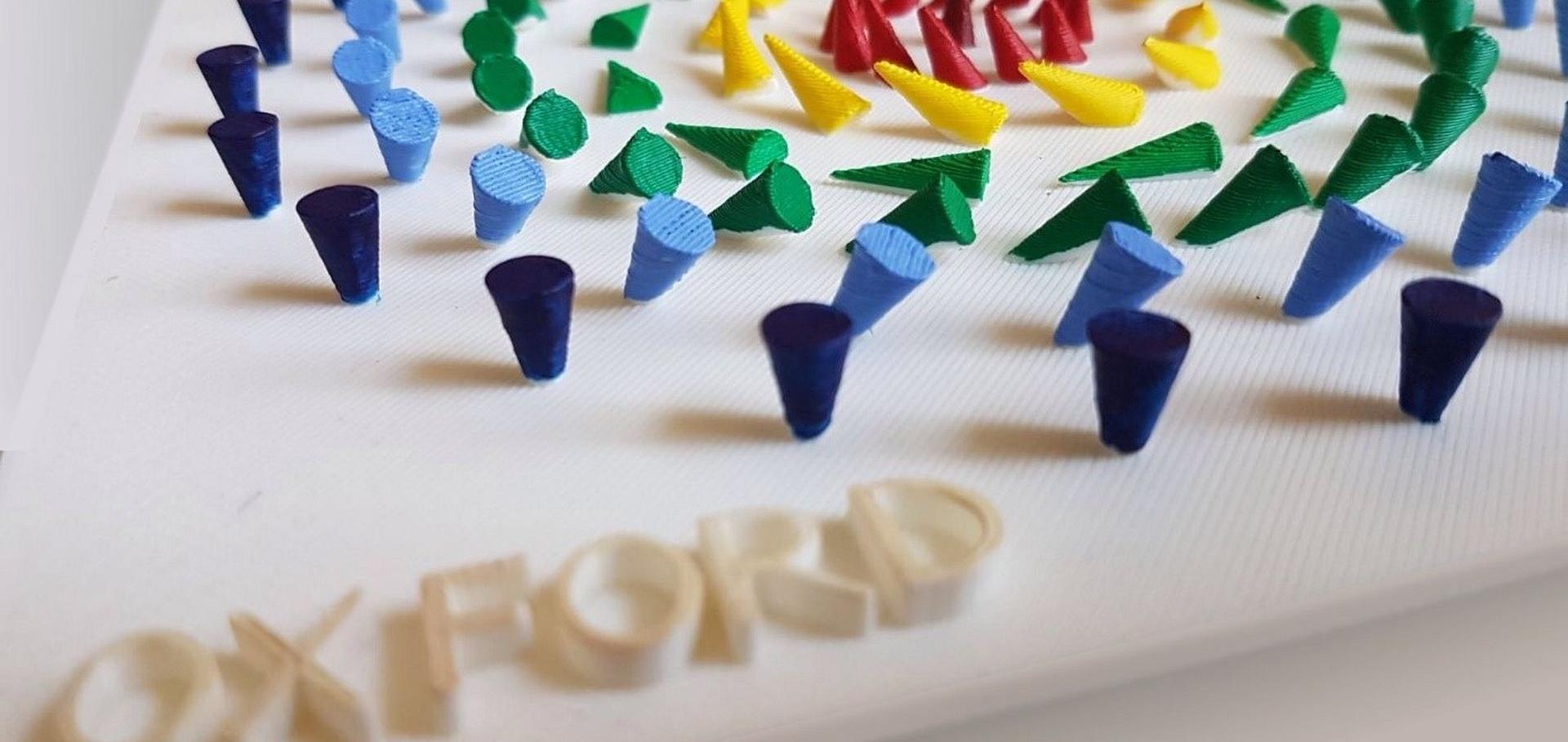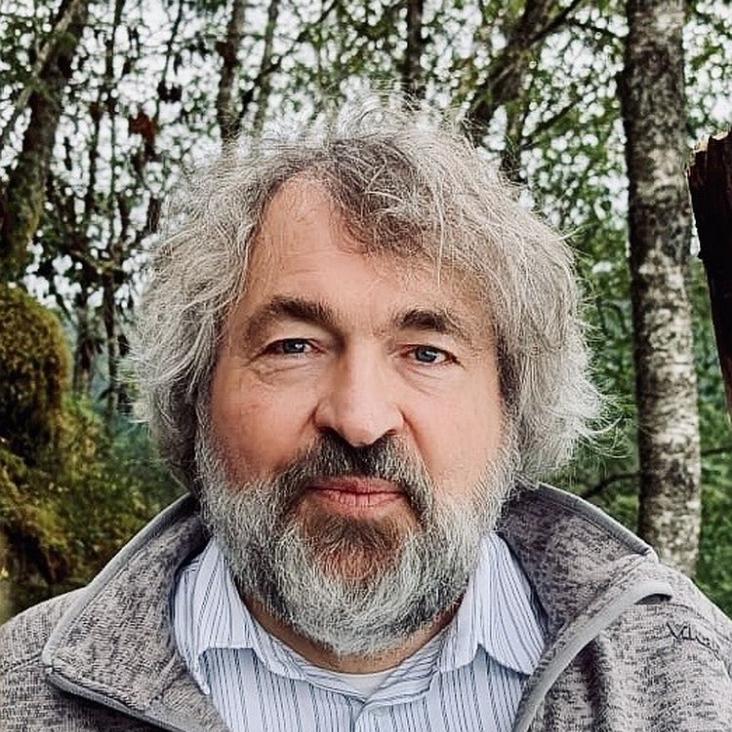Slow equilibrium relaxation in a chiral magnet mediated by topological defects
Physical Review Letters American Physical Society 133:16 (2024) 166707
Abstract:
We performed a pump-probe experiment on the chiral magnet Cu_{2}OSeO_{3} to study the relaxation dynamics of its noncollinear magnetic orders, employing a millisecond magnetic field pulse as the pump and resonant elastic x-ray scattering as the probe. Our findings reveal that the system requires ∼0.2 s to stabilize after the perturbation applied to both the conical and skyrmion lattice phase, which is significantly slower than the typical nanosecond timescale observed in micromagnetics. This prolonged relaxation is attributed to the formation and slow dissipation of local topological defects, such as emergent monopoles. By unveiling the experimental lifetime of these emergent singularities in a noncollinear magnetic system, our study highlights a universal relaxation mechanism in solitonic textures within the slow dynamics regime, offering new insights into topological physics and advanced information storage solutions.Slow Equilibrium Relaxation in a Chiral Magnet Mediated by Topological Defects
(2024)
Rolling Motion of Rigid Skyrmion Crystallites Induced by Chiral Lattice Torque.
Nano letters American Chemical Society (ACS) (2024)
Abstract:
Magnetic skyrmions are topologically protected spin textures with emergent particle-like behaviors. Their dynamics under external stimuli is of great interest and importance for topological physics and spintronics applications alike. So far, skyrmions are only found to move linearly in response to a linear drive, following the conventional model treating them as isolated quasiparticles. Here, by performing time and spatially resolved resonant elastic X-ray scattering of the insulating chiral magnet Cu2OSeO3, we show that for finite-sized skyrmion crystallites, a purely linear temperature gradient not only propels the skyrmions but also induces continuous rotational motion through a chiral lattice torque. Consequently, a skyrmion crystallite undergoes a rolling motion under a small gradient, while both the rolling speed and the rotational sense can be controlled. Our findings offer a new degree of freedom for manipulating these quasiparticles toward device applications and underscore the fundamental phase difference between the condensed skyrmion lattice and isolated skyrmions.Magnetization dynamics driven by displacement currents across a magnetic tunnel junction
Physical Review Applied American Physical Society 22:2 (2024) 24019
Abstract:
Understanding the high-frequency transport characteristics of magnetic tunnel junctions (MTJs) is crucial for the development of fast-operating spintronics memories and radio frequency devices. Here, we present the study of a frequency-dependent capacitive current effect in CoFeB/MgO-based MTJs and its influence on magnetization dynamics using a time-resolved magneto-optical Kerr effect technique. In our device, operating at gigahertz frequencies, we find a large displacement current of the order of mA, which does not break the tunnel barrier of the MTJ. Importantly, this current generates an Oersted field and spin-orbit torque, inducing magnetization dynamics. Our discovery holds promise for building robust MTJ devices operating under high current conditions, also highlighting the significance of capacitive impedance in high-frequency magnetotransport techniques.Valence-state mixing and reduced magnetic moment in Fe 3 − δ GeTe 2 single crystals with varying Fe content probed by x-ray spectroscopy
Nanotechnology IOP Publishing 35:39 (2024) 395709


